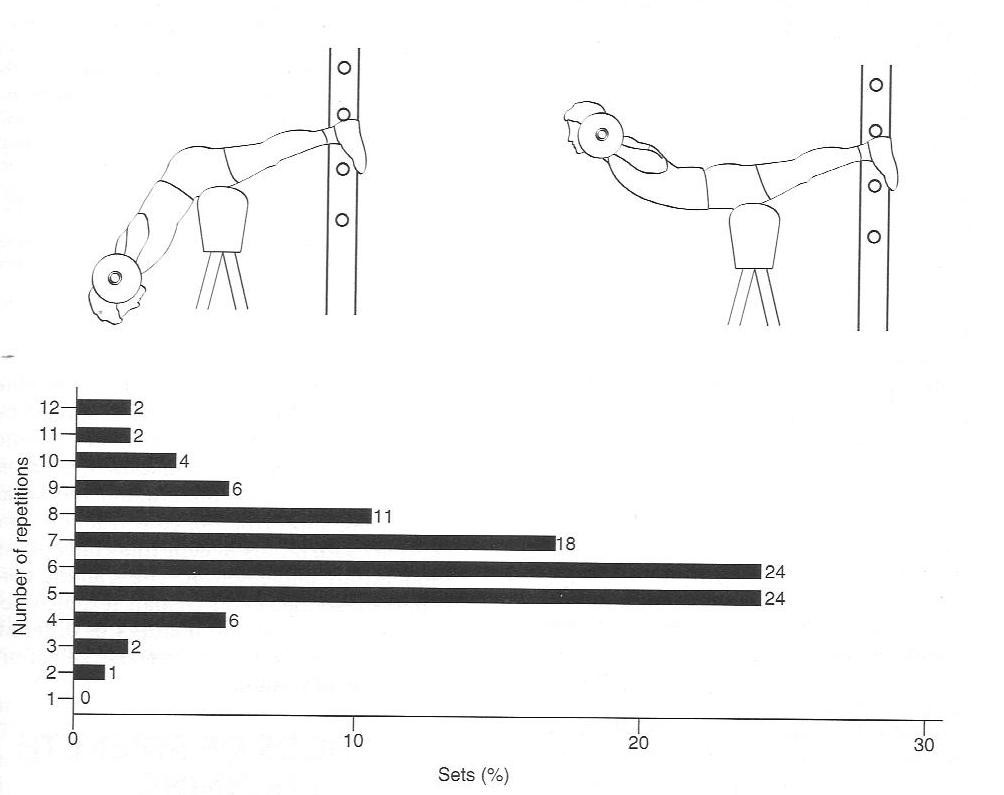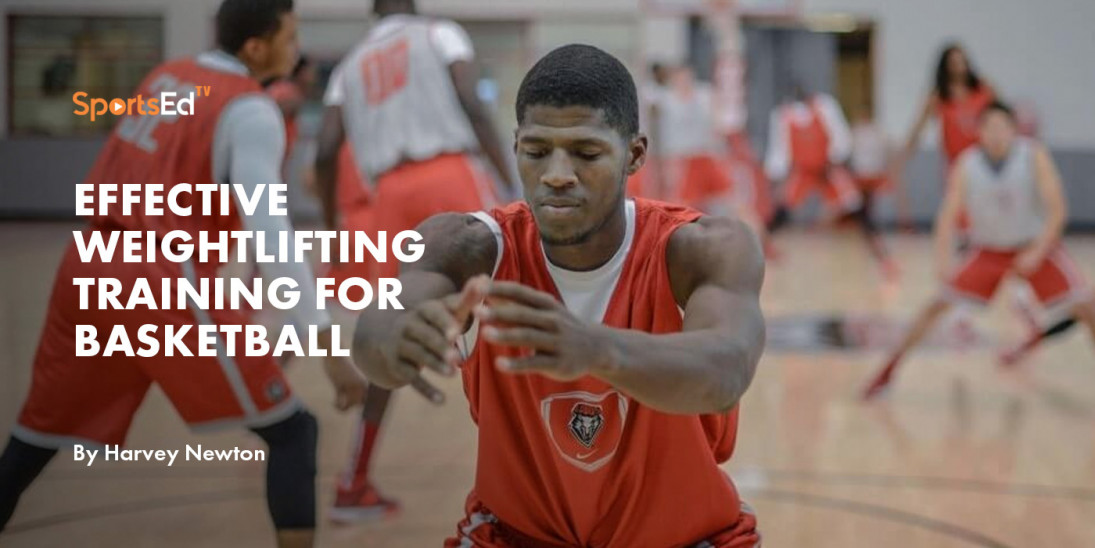Cycling
Welcome and thanks for visiting...

Seven Common Weightroom Errors Cyclists Often Make Part II

Harvey Newton, SportsEdTV’s director for weightlifting, has been an avid cyclist for many years, including years of masters’ racing. Years ago, USA Cycling requested Coach Newton develop educational materials to further cyclists’ knowledge of off-bike training. This was later updated to the Strength Training for Cyclists System (since “retired”) that included revisions, expansions, and improvements. Through a series of weekly blogs, Coach Newton shares key information with SportsEdTV viewers.
For cyclists in the Northern Hemisphere, this time of year is the offseason. Cycling intensity and volume are reduced, off-bike training (cross-training) ramps up, with riders aiming for improved performance in the next race season. Part of this work includes weight training. Proper weight training helps improve strength and power, and it can improve injury prevention. But all too often, cyclists fail to optimize the benefits of weightroom work.
From my small booklet, How to Avoid Seven Weightroom Errors, I will cover weekly these challenges. Check here for other cycling blogs in this series and others.
Common Error #2
Emphasizing high repetition (>15) work.
Research has shown for some years that the following repetition continuum applies to resistance training.

In other words, if you want to get stronger, add weight and as a result, reduce repetitions. If you want to gain muscle size, train like a bodybuilder. And, if you decide to train high repetitions, you really don’t get stronger at all.
This is not a black and white issue; there are plenty of shades of grey, but this is the basic picture. Weightlifters and powerlifters, the ultimate strength/power athletes, train almost exclusively with repetitions below 5.
An interesting example illustrates the reality of strength training (Science and Practice of Strength Training, V.M. Zatsiorsky, W.J. Kraemer, Human Kinetics). Figure 1 shows the repetition scheme of the famous Soviet superheavyweight weightlifter Vasili Alexeyev in the back extension exercise.

For more detailed information on the back extension exercise check the SportsEdTV weightlifting library:
Over the year, only 4% of his sets included 8 reps or above. Aiming for improved strength, Alexeyev performed the bulk of his back extensions in the 5-8 rep range. This is how strength athletes get stronger.
So many cyclists think if they put more weight on the bar (and get stronger) they will “bulk up.” Getting larger is a result of calories in vs. calories expended, period. Low reps do not cause one to gain weight or size, period. Unfortunately, most cyclists spend far too much time training muscular endurance (high repetitions) in the weightroom. True, muscular endurance is the secret to better cycling, but muscular endurance is best achieved on the bike, not in the gym. Besides, muscles strengthened in the gym are more enduring on the bike.
Getting stronger should be your only reason for being in the weightroom. Don’t be afraid of gaining strength by adding intensity.
Read more:
Seven Common Weightroom Errors Cyclists Often Make Part I
Seven Common Weightroom Errors Cyclists Often Make Part II
Seven Common Weightroom Errors Cyclists Often Make Part III
Seven Common Weightroom Errors Cyclists Often Make Part IV
Seven Common Weightroom Errors Cyclists Often Make Part V
Seven Common Weightroom Errors Cyclists Often Make Part VI
Seven Common Weightroom Errors Cyclists Often Make Part VII (Final)





